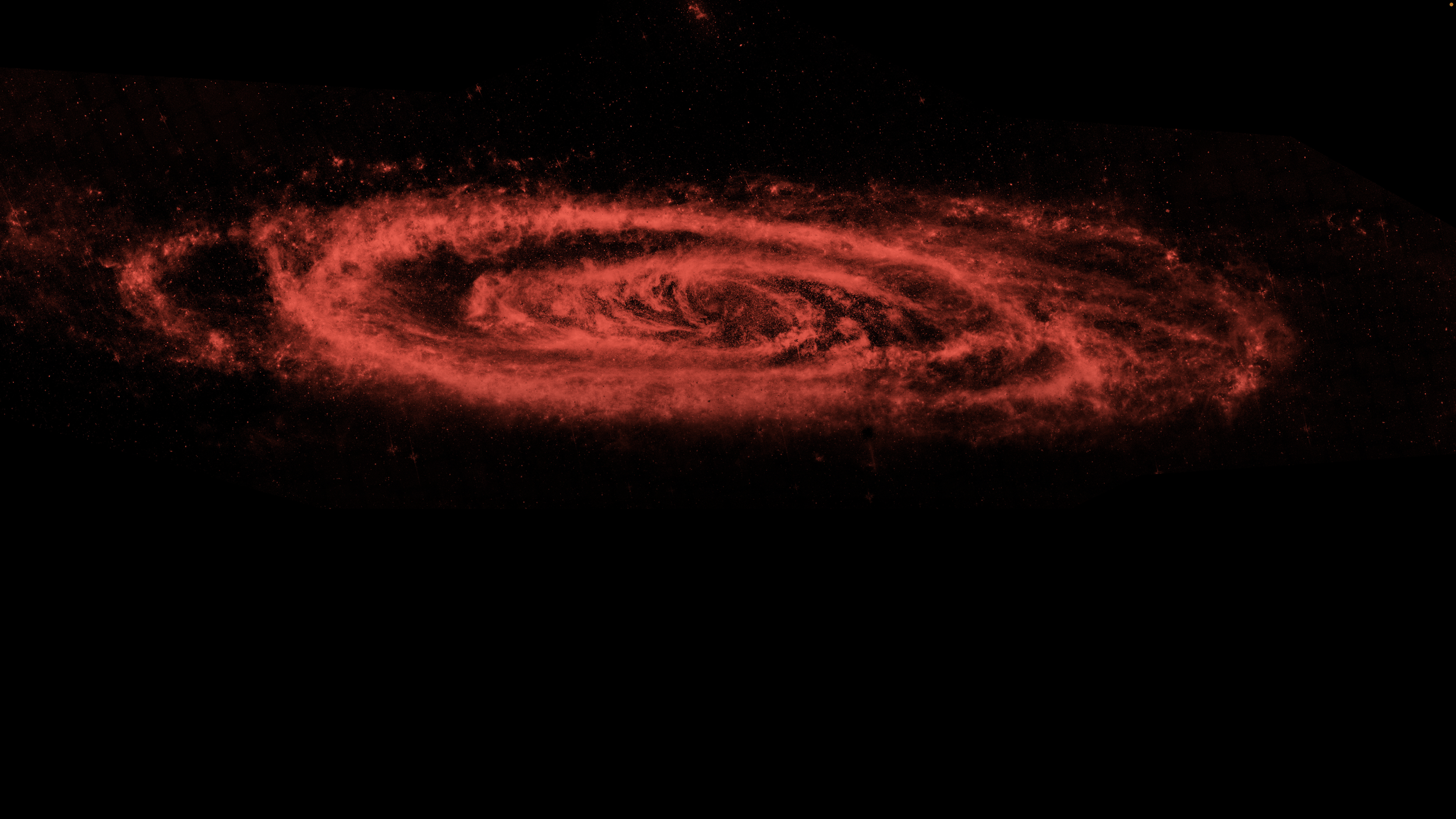
The Origins deployment sequence. The architecture for the FIR Mission is notional as of now, but it will likely have a cold backplane and Origins-like instrumentation suite, pending the outcome of Probe selections and mission design trades.








The Origins deployment sequence. The architecture for the FIR Mission is notional as of now, but it will likely have a cold backplane and Origins-like instrumentation suite, pending the outcome of Probe selections and mission design trades.






